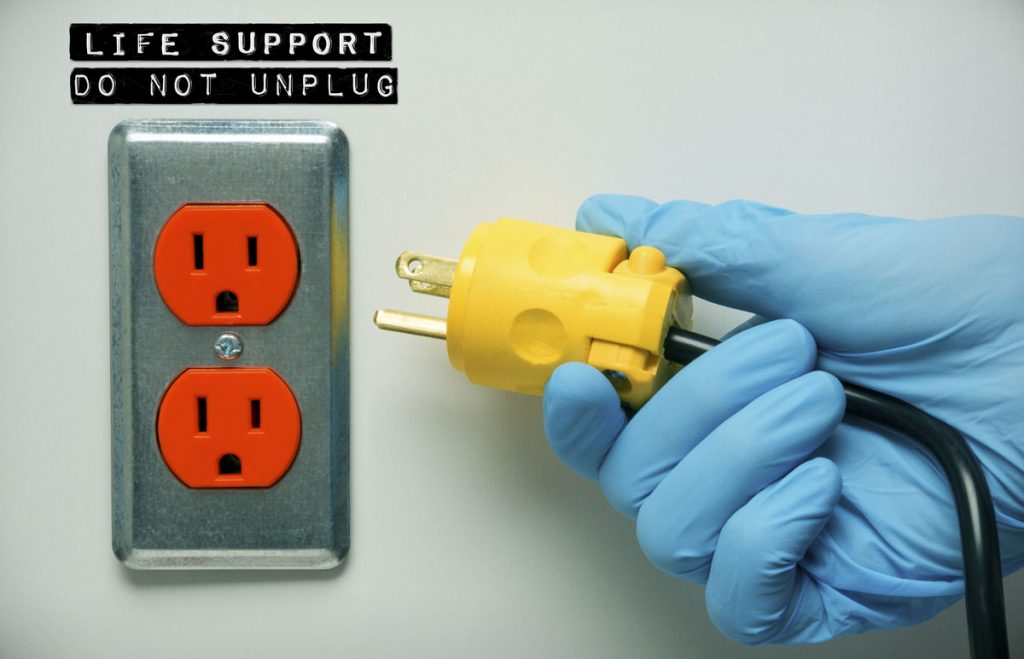The Oregon Health Authority’s (OHA) 2017 report on physician-assisted suicide reveals the annual increase in physician-assisted suicide deaths has accelerated in recent years. In the last four years, death numbers have doubled from 73 in 2013 to 143 in 2017 (although 218 lethal prescriptions were actually written last year).
Richard Doerflinger, an associate scholar with the Charlotte Lozier Institute (CLI) and a Public Policy Fellow at the University of Notre Dame’s Center for Ethics and Culture, analyzed the OHA summary. Doerflinger concludes, “This is the updated reality of physician-assisted suicide in the state whose law is seen as a model for the nation. Chronically ill seniors, potentially victims of untreated depression and the impression that they have become a ‘burden’ on others, are nudged to a premature death that may be more gruesome than they’ve been led to believe, with no one usually present at the time of death to check whether they are competent, badgered by others, or overtly coerced toward that death. This is what has become known as ‘death with dignity’ in Oregon, and advocates are working to spread it to far more states. Clearly, the theory of assisted suicide in Oregon and the reality are very different.”
Following are some of Doerflinger’s concerns:
- Oregon’s system is tailor-made to conceal, not reveal, abuses and is filled with loopholes. Physicians who prescribe the lethal drugs are the only people allowed to file reports and the OHA accepts this self-reporting at face value.
- Those prescribing doctors are only present at the patient’s death 16 percent of the time.
- After filing an annual report from which all identifying information has been removed, the state destroys the original report.
- Oregon’s 20-year-old law has resulted in 1,967 lethal prescriptions and at least 1,275 patients have died. That leaves a total of 692 lethal overdoses unaccounted for.
- Fewer and fewer patients receive a psychological evaluation. From 1998 to 2012, only six percent of patients were referred for evaluation. By 2017, the figure had dropped to 3.5 percent. The state has not cited a single case out of 1,275 in which a patient was found ineligible because an evaluation found depression or other mental impairment.
- The time from first request for the drugs to death from those drugs has been as long as 1,009 days (over five times the projected life expectancy requirement).
- Only 21 percent of patients cited pain as a reason to request lethal drugs. The most common reasons cited are being “less able to engage in activities making life enjoyable” (88%), “losing autonomy” (87%), and “loss of dignity” (67%), all of which could be cited by someone with a chronic illness or long-term disability that is not terminal.
- The time period from ingesting drugs to death is unknown in most cases. Patients took as long as 21 hours to die, compared to nine hours in 2016.
- In 2017, only 31 percent of patients seeking suicide had private health insurance and 68 percent had only governmental insurance, such as Medicaid and/or Medicare. This is very concerning in light of Oregon’s Medicaid rationing plan where treatment has been denied to patients who were offered assisted suicide instead.
In January 2018, Swedish researcher Fabian Stahle communicated by mail with the Oregon Health Authority to clarify how the term “terminal illness” is interpreted. Responses from OHA confirmed there is no effective oversight of Oregon’s law and that, essentially, by refusing or withholding treatment, a person can be made terminal.
CLI President Chuck Donovan says, “This report shows an alarming increase in the death toll under Oregon’s law. Even more alarming is that, for some, this body count is not high enough yet. All the assurances of strict safeguards are exposed for the smokescreen they are. Where is the dignity in being starved to death, unable to defend oneself or even comprehend? Where is the mercy in being denied the most basic, ordinary human needs? State legislatures considering assisted suicide bills are being provided a glimpse into their future if they do not act wisely. They should heed the warning.”
The Oregon Health Authority’s 2017 data can be found at: http://www.oregon.gov/oha/PH/PROVIDERPARTNERRESOURCES/EVALUATIONRESEARCH/DEATHWITHDIGNITYACT/Documents/year20.pdf
Richard Doerflinger’s analysis can be found at: https://lozierinstitute.org/wp-content/uploads/2018/03/Oregon-Assisted-Suicide-The-Up-To-Date-Reality-2017.pdf




